Dining Review: Matsu
Can this new Oceanside offering live up to locally beloved chef's lofty expectations?
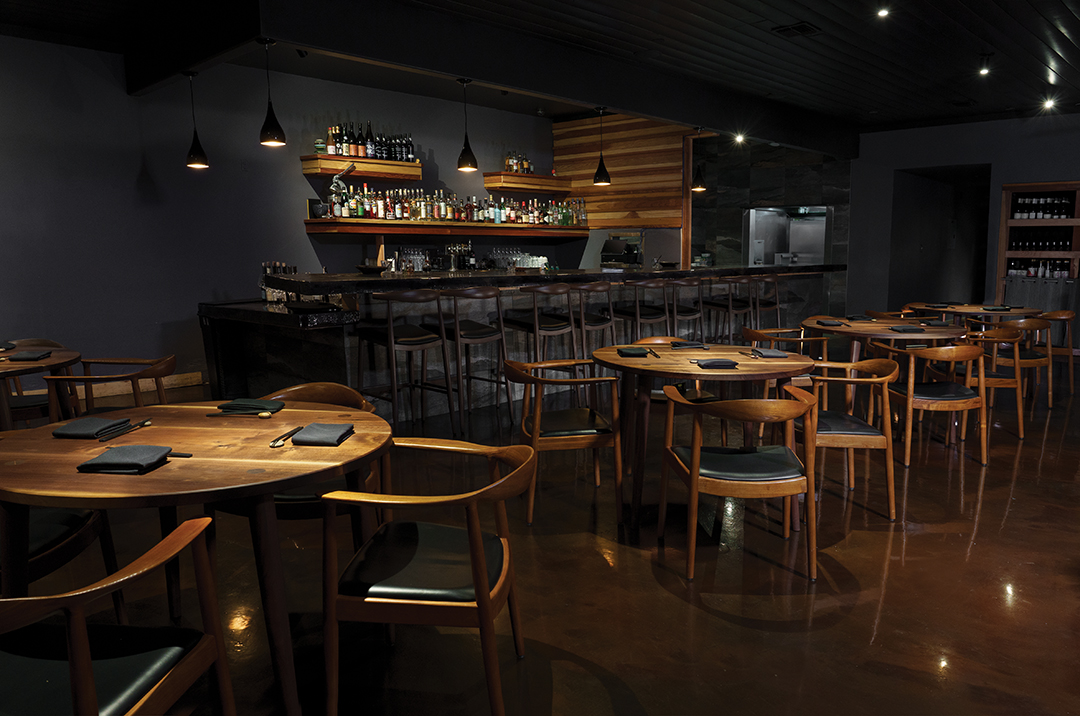
When angling for a Michelin star, the safest practice is to shut up then put up, but when debuting Japanese-inspired Matsu in Oceanside’s Tremont District in September, proprietary toque William Eick (formerly of 608) announced he was going for not one, but two Michelin stars…at a minimum. That’s big talk, the kind that takes a lot to back up. Advertising such ambitions heightens diners’ expectations and steepens critics’ grading curves. One can’t help but judge an aspirant’s restaurant in the manner a Michelin inspector would.
Named for a Japanese pine, Matsu is a small, 48-seater with an oft-changing menu. Guests may either select one dish from each of four sections on the menu, or experience eight or more smaller courses, omakase (chef’s whim) style. Wine pairings are available for both formats at additional costs, but those seeking adult beverages need look no further than the bar, where classic cocktails soar anew with thematically appropriate touches.
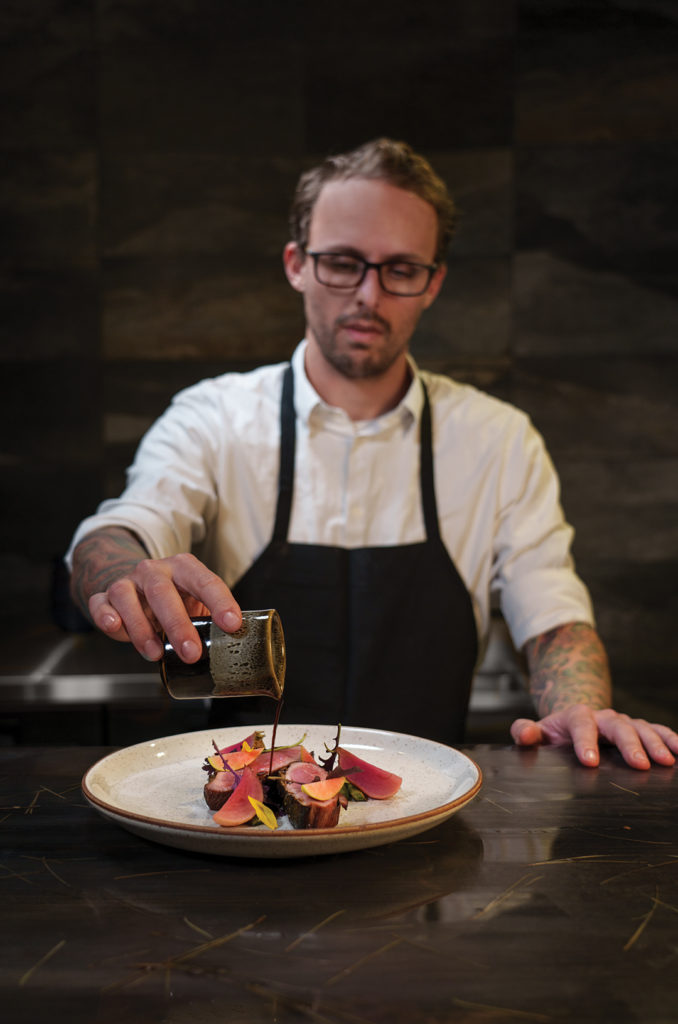
A margarita dubbed “Benign Masochism” gets its name from a rim coated in house tajin, which includes sansho pepper. That delicacy tastes of lime and numbs the tongue, making for an entertaining sensation to go with the bright, citrusy tipple. Similarly fruit-forward is the “Herbie Collins,” which packs a lemony yuzu punch and an alcoholic kick. A pair of martinis — “A Clean, Well-Lighted Place” (olive oil-washed vodka) and “Ten Thousand Hours” (dual gins and cardamom) — will also get the job done.
Moving from bar to table, Matsu’s food menu is trendily vague, listing key ingredients without noting preparations or how they manifest themselves in finished dishes. Fortunately, eager and attentive staffers — who take on tables as a team — welcome questions and, despite the complexity of most of Eick’s dishes, provide comprehensive answers. It’s a good thing, for there is great thought and care behind the food at Matsu which deserves to be disclosed.
“Sunflower | Cuttlefish | Rayu” describes a starter that gets a meal off on the right course (no pun intended). Sunflower chokes are turned like artichokes, braised in a sugared mixture of mirin, soy sauce, and sake, then covered in sheets made from steamed cuttlefish crowns, along with fried cuttle tentacles, sunflower petals, confited seeds, and powdered sunflower seed oil. A truly unique dish, it’s marked by crispness, meatiness, and a clean, white heat from rayu (chili oil), and illustrates Eick’s practice of utilizing every part of the ingredients he showcases.
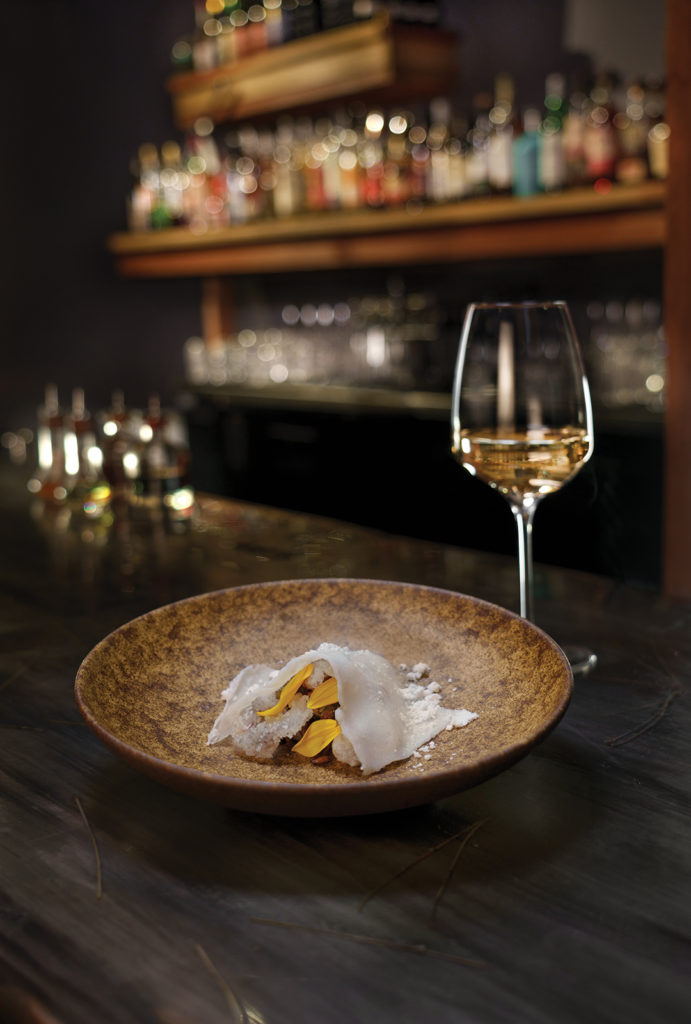
Cuttlefish | Rayu
Nasturtiums are a recurrent theme on Eick’s menu; it would seem they’ve captured his fancy. Somewhat overpowering at times (a starter of uni in nasturtium-flower dashi [broth] is low on urchin and sullied with bitterly spicy nasturtium leaves that hides the subtle flavors underneath), a lighter hand may prove more pleasing for those who prefer a more nuanced approach. Similarly, a beautifully soft and yielding scallop is upstaged by a delectable but far too bold and sticky-sweet sauce of black sesame paste, red miso, sake, mirin, and a fermented-rice marinade. Sesame is meant to be the star of this dish and its umami is present in spades, but the lack of Maillard brownness on the scallop found it wanting for my palate.
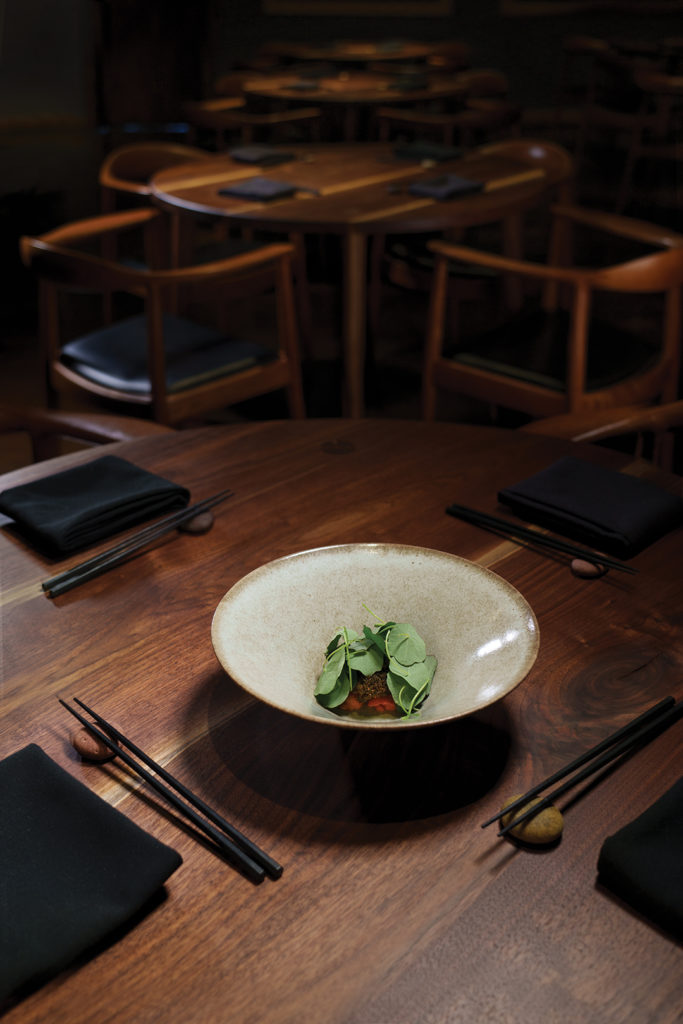
Eick gets back to form with a traditional chawanmushi, a creamy, barely-there egg custard made with chicken dashi and served with well-browned, perfectly salted cabbage and maitake mushrooms, togarashi, green-curry oil, and, of course, nasturtium leaves. Delicate flavors are both balanced and comforting. It’s a simple dish but plenty impressive. So, too, is a coal-grilled sablefish entrée with burnt shallots and a light teriyaki (referred to as “Matsuyaki”) made with fish bones.
A smoky teriyaki sauce identical to the one on the sablefish dish except for the incorporation of duck bones accompanies a dish featuring perfectly pink strips of that fowl’s breast. Roasted turnips, grilled scallion bottoms, apples, and a gel made from sudachi (tart Japanese citrus fruit) juice go well with the ever-versatile protein. Prefer beef? Matsu’s sous chef, David Duarte, is one of just 13 American chefs certified by the Japanese government to directly import wagyu from the source.
Dessert can sometimes be an afterthought, but never for a Michelin inspector. Eick and pastry chef Felipe Orozco (Market) take it seriously, carrying a penchant for multifarious textures to the last plate of the night. Green tea is the focus of a lovely dish featuring matcha mousse and cake crumbs with a tangy yuzu and pine needle sherbet. An ice cream incorporating vinegar made from sake lees (rice wine yeast sediment) has a texture somewhere between gelato and soft-serve but it only tastes of vanilla. Served with thin dark chocolate “glass” and persimmons, it’s creative and good.
So, is Matsu Michelin-star worthy? It’s too early. It takes time to hone processes and refine every element of a restaurant to evolve it into a two-star — or even a single-star — destination, but Eick’s initial offerings are intriguing and promising. It will be fun to watch as he and his team continue to reach for the stars. 760.231.6331, eatatmatsu.com
Golden Forks
Service: 4
Timeliness: 3
Ambience: 3
Culinary Innovation: 4
Food Quality: 5
Wine List: 3
Beer List: 2
Craft Cocktail Program: 4
Value: 3

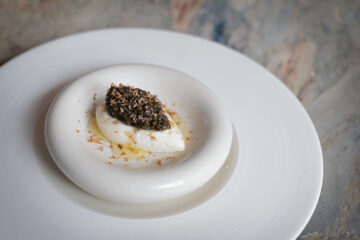
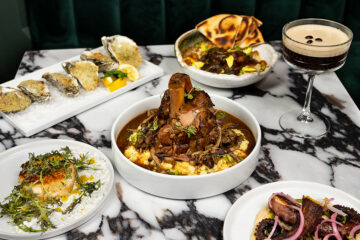
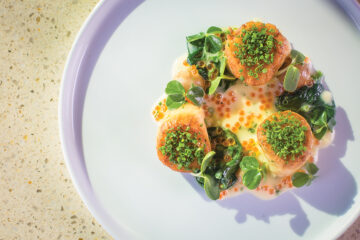
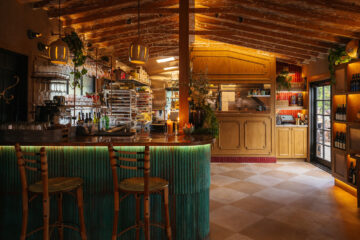
Comments